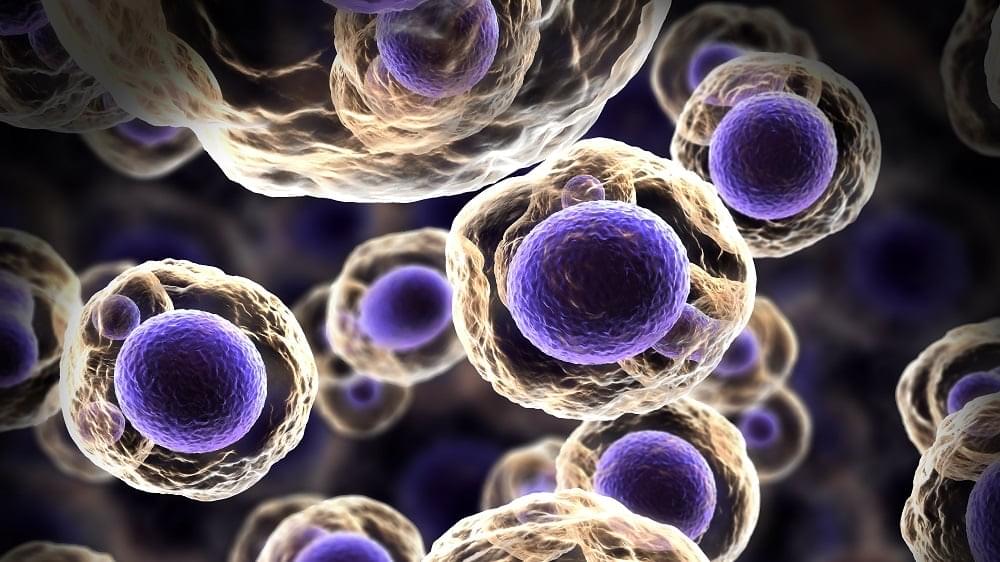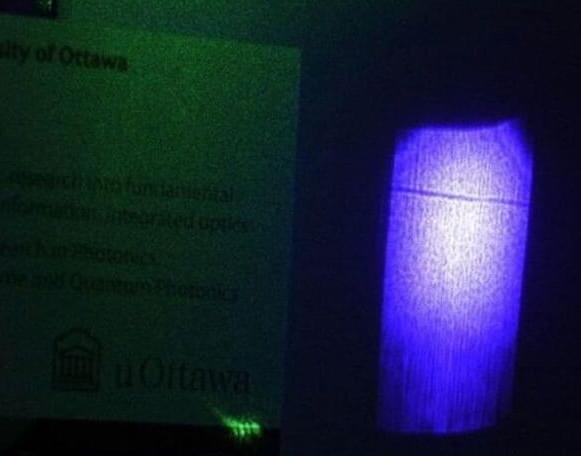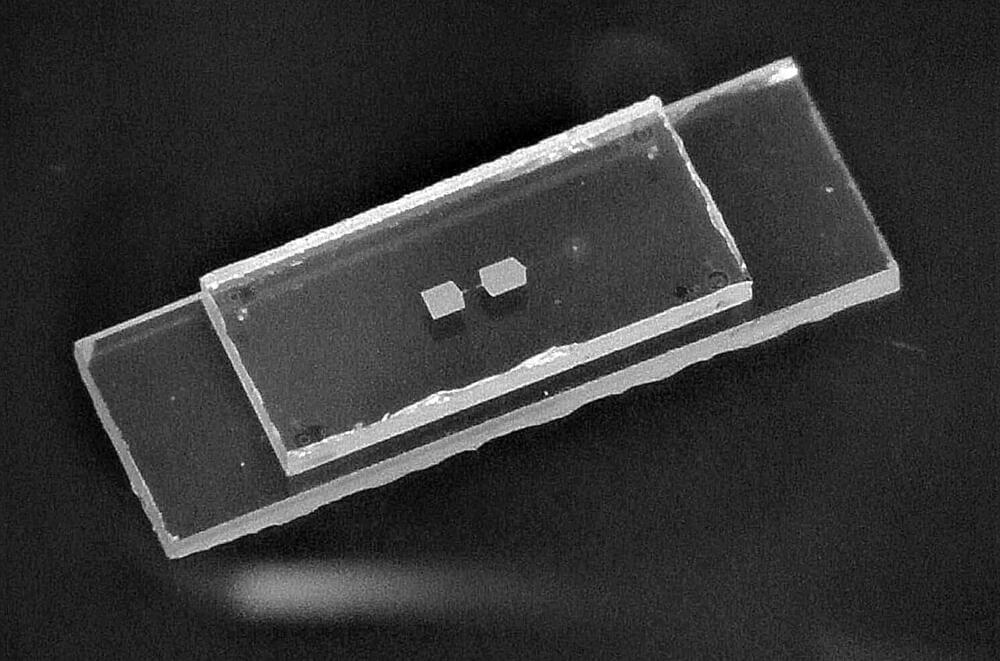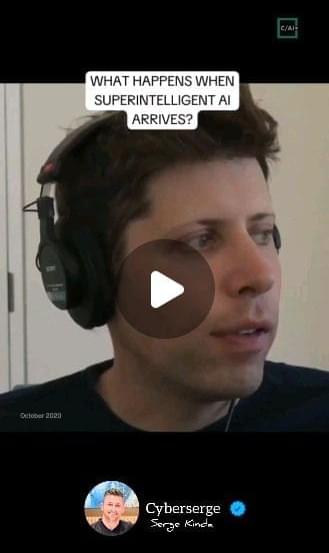Space enthusiasts are heading south for SpaceX’s Starship launch on November 18. Before setting up near the site, remember these road closures.



WASHINGTON — Northrop Grumman’s SpaceLogistics subsidiary is eyeing a 2026 launch for its next-generation satellite servicing vehicle, the Mission Robotic Vehicle (MRV). Equipped with robotic arms developed by the U.S. Naval Research Laboratory (NRL), the MRV aims to extend the lifespan of satellites in geostationary orbit more than 22,500 miles above Earth.
NRL announced Nov. 14 that the pair of robotic arms completed crucial thermal vacuum testing and are now at Northrop’s satellite integration facility in Dulles, Virginia. The arms were developed under a Defense Advanced Research Projects Agency (DARPA) contract.
“This robotic payload promises to transform satellite operations in geostationary orbit, reduce costs for satellite operators, and enable capabilities well beyond what we have today,” said NRL’s director of research Bruce Danly.

Scientists have shown that in a direct cellular reprogramming scenario, neurons are produced almost exclusively by a rare subtype of multipotent cells. Their findings, they claim, change our understanding of reprogramming, but not everyone agrees [1].
Direct action
In the world of cellular reprogramming, the two most well-known realms are pluripotent reprogramming, in which somatic cells are thrown back all the way into pluripotency, and partial reprogramming, in which these cells are rejuvenated without making them lose their cellular identity.

Summary: Adolescents are known for making less optimal, noisy decisions, but a recent study reveals that these tendencies decrease with age and are linked to improvements in complex decision-making skills. Researchers found that decision noise, or variability in choices, mediates age-related gains in goal-directed behaviors and adaptability.
Adolescents may rely on less efficient strategies due to limited cognitive resources, which makes them more susceptible to emotional and motivational influences. These findings shed light on the computational mechanisms behind developmental shifts in decision-making and open avenues for understanding neurodevelopmental disorders.
SpaceX, Elon Musk’s company, is aiming for a radical future in which Starship rockets link major cities in a matter of minutes. Soon, you’ll be able to travel from London to New York in just 30 minutes. But how exactly will this game-changing technology work, and what obstacles remain?

From education to work and leisure, internet access is essential to modern life. Yet, since the first days of the world wide web, this access has been unequal. The US, France and the UK gained a headstart in the 1990s and developing countries have been seeking to catch up ever since.
One region where this process is now complete is the Arabian Peninsula. From relative obscurity in connectivity rankings three decades ago, countries such as the United Arab Emirates (UAE) and Qatar have leapfrogged their Western peers. Look at measures of internet speeds, in fact, and the UAE now leads the world.1 Having delivered internet access at home, e& (etisalat and), the telecommunications giant and leading global technology group headquartered in the UAE, hopes to expand connectivity worldwide.

Researchers from Johns Hopkins University have recently discovered several prominent biomarkers that allow for the early diagnosis of dementia and/or mild cognitive impairment (MCI). In a recently published article, evidence has been presented that patients with diabetes type 2 exhibited more changes to their brains than healthy controls, including the shrinking of certain brain areas. These changes occurred earlier in life, and some of the patients developed MCI sooner than others.
The Older Controls at Risk for Dementia (BIOCARD) study is a long-term trial which has been conducted for the past 27 years with the goal of determining how medical conditions and other factors might be impacting cognitive function and perhaps even affecting the biological age of the brain as a whole. BIOCARD was originally a National Institutes of Health initiative, which began in 1995 and later continued at Johns Hopkins University from 2015 to 2023. The cohort consisted of 185 participants, with an average age of 55 years and normal cognitive function.
The trial subjects received routine brain scans and cerebrospinal fluid (CSF) tests for 20 years, in order to measure changes in brain structures and levels of proteins associated with Alzheimer’s disease. Scientists have been increasingly using CSF to attempt to uncover early signs of neurodegenerative disease, since it is a minimally-invasive procedure which is inexpensive and widely available.


